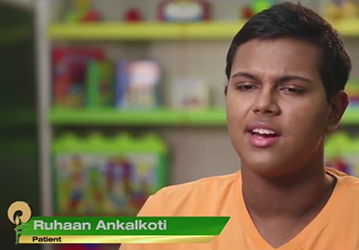In India, an estimated 75,000-80,000 children fall prey to some form of childhood cancer every year. Sadly, most of the cases are either diagnosed late or, even worse, remain undiagnosed, resulting in loss of precious young lives. Childhood cancer is not the same as adult cancer. Unlike adults, children rarely contract carcinomas or chronic leukemias. And most forms of childhood cancer are effectively treatable when diagnosed early. Let’s have a look at the various forms of childhood cancer and their signs and symptoms.

